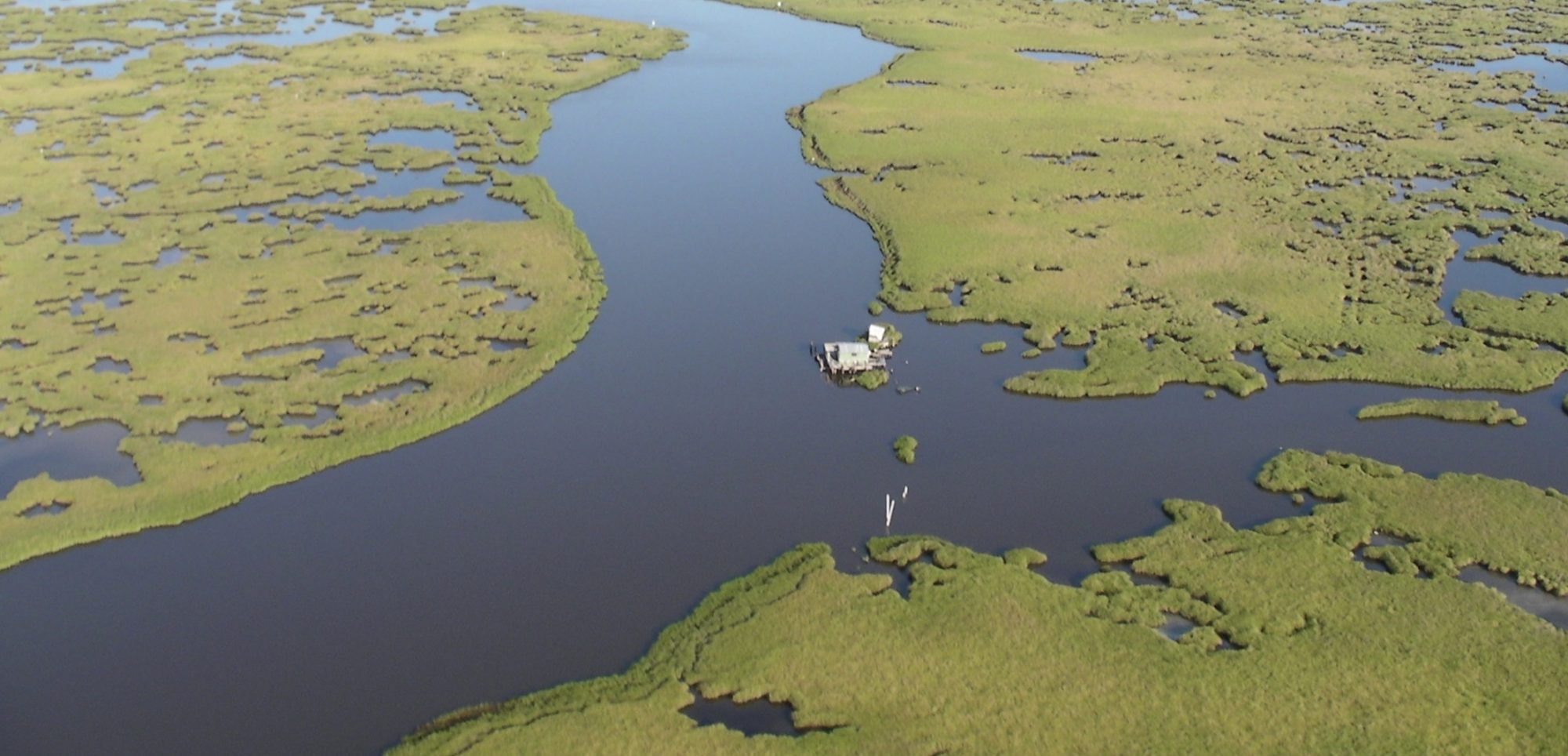
Ph.D. Candidate, University of Louisiana-Lafayette
The Seneca Award-Conference Travel Grant Type 2 (Mangrove & Macrobenthos Management Meeting)
Mangrove propagule dispersal and establishment at the salt marsh-mangrove ecotone: Understanding hydrology, dispersal distance, and propagule retention
“Expansion of mangrove populations into salt marshes at their latitudinal limit occurs through propagule dispersal and successful establishment. Warmer winter temperatures are expected to allow for mangrove populations to expand into previously salt marsh dominated systems both in the northern Gulf of Mexico and worldwide. Hydrology, temperature, and plant community composition and structure, which may facilitate stranding and establishment or hinder it, can play important roles in modulating dispersal and establishment. Our study was specifically designed to examine the influence of hydrology and marsh structure through a series of complementary studies near Port Fourchon, Louisiana. We established six 0.7 m2 cages (enclosures) each containing 25 Avicennia germinans propagules at five different elevations across an elevation gradient in a restored salt marsh to examine the influence of hydrology, on propagule survival, establishment and growth (over a six month period). Additionally, we dispersed 2500 total painted propagules between cages at the same five elevation treatments using propagules painted with non-toxic paint in five different colors. We collected data on propagule dispersal patterns by measuring elevation and distance traveled for each propagule recovered, and by also characterizing the surrounding marsh community at 1, 5, 10, and 30 days after dispersal. This experiment is still in progress (day 5 sampling was just completed this week) but is already providing very interesting results, such as how plant community structure may act either as a barrier or as a facilitator to propagule stranding and establishment, and how this interacts with elevation/hydrology. This information will be useful not only to scientists and land managers to better understand local and regional expansion patterns, but also to restoration practitioners by increasing our understanding of how human-assisted dispersal of mangrove propagules may be successfully utilized in restorations design.”
